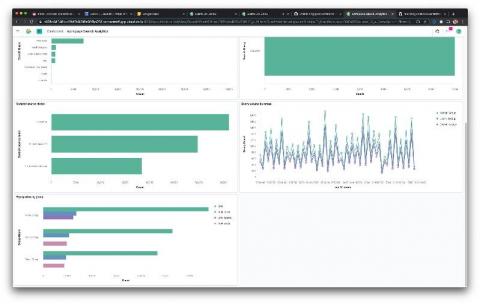10 Elasticsearch Configurations You Have to Get Right
Elasticsearch is an open source, distributed document store and search engine that stores and retrieves data structures. As a distributed tool, Elasticsearch is highly scalable and offers advanced search capabilities. All of this adds up to a tool which can support a multitude of critical business needs and use cases. To follow are ten of the key Elasticsearch configurations are the most critical to get right when setting up and running your instance.










